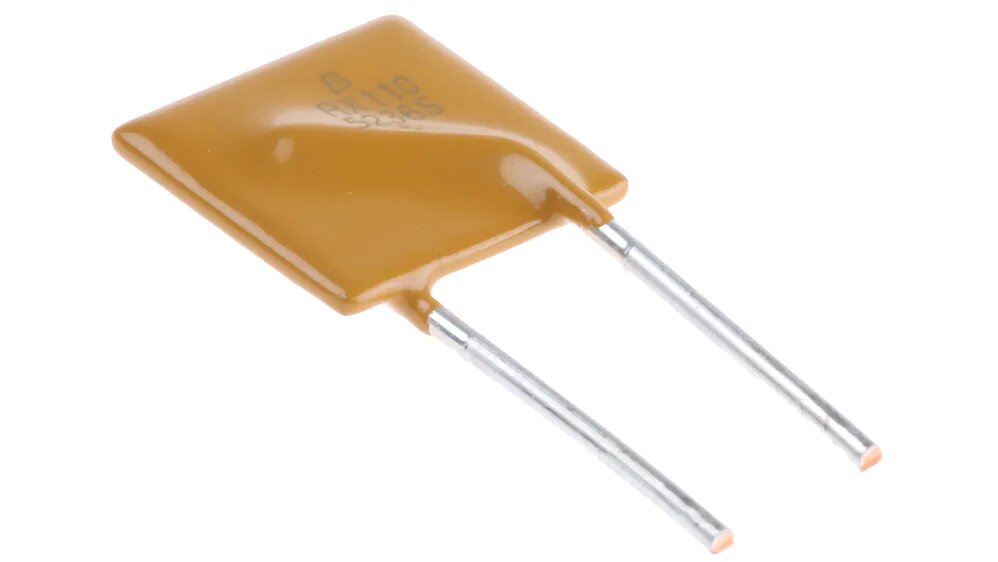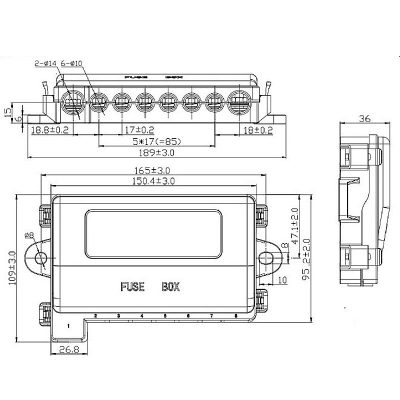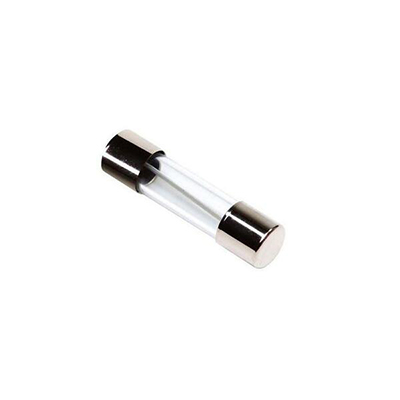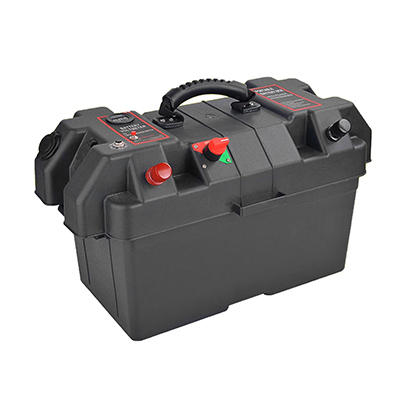Streamlined Installation Techniques for Automotive Current Fuses
News 2025-10-24
Automotive current fuses play a critical role in safeguarding vehicle electrical systems by interrupting excessive current flow, thus preventing damage and potential hazards. Their design emphasizes ease of installation, which is vital in modern automotive maintenance where efficiency and accessibility are key. This approach not only streamlines repairs but also makes these components suitable for a wide range of users, from automotive technicians to hobbyists, ensuring reliable circuit protection without unnecessary complexity.

Performance Advantages
Automotive current fuses deliver superior performance through fast-acting mechanisms that respond swiftly to overcurrent events, minimizing risks to sensitive electronics. Constructed with robust materials, they withstand harsh conditions like extreme temperatures and vibrations, offering longevity and consistent reliability. This enhances overall system efficiency, reducing the likelihood of failures and supporting advanced vehicle technologies where precision is paramount.
Application Scenarios
In practical settings, these fuses are integral to various automotive applications, such as protecting circuits in engine control units, lighting systems, and battery management. For electric vehicles, they ensure safe operation of high-voltage components, while in conventional cars, they guard against shorts in wiring harnesses. Their adaptability makes them essential in both new installations and upgrades, contributing to safer and more dependable vehicle performance across diverse driving conditions.
Frequently Asked Questions
1. What is an automotive current fuse?
It is a safety device that breaks an electrical circuit when current exceeds specified limits to prevent damage.
2. Why is easy installation beneficial?
It allows for quicker maintenance and reduces errors, saving time and effort in automotive repairs.
3. How do these fuses improve vehicle reliability?
By providing rapid protection against overloads, they help avoid component failures and extend the lifespan of electrical systems.


